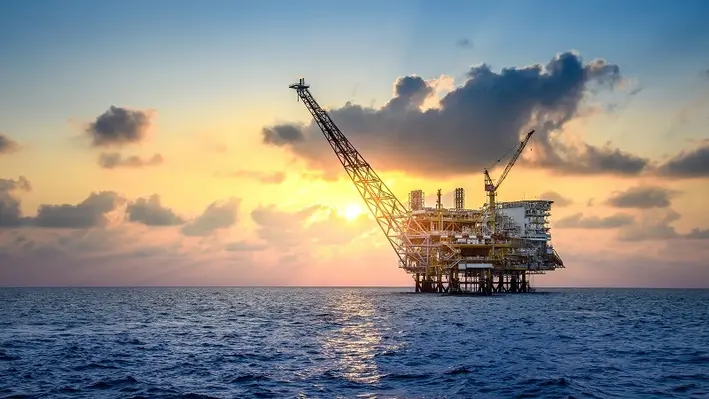
 The Maritime Union of Australia (MUA) has launched a report produced alongside the Macquarie University’s Centre for Energy and Natural Resources Innovation and Transformation calling for a major shakeup in government policy and regulation for the dismantling, processing, recycling and disposal of offshore oil and gas infrastructure.
The Maritime Union of Australia (MUA) has launched a report produced alongside the Macquarie University’s Centre for Energy and Natural Resources Innovation and Transformation calling for a major shakeup in government policy and regulation for the dismantling, processing, recycling and disposal of offshore oil and gas infrastructure.
The report focuses on the decommissioning processes of offshore infrastructure and the necessary next steps once the structure are removed.
MUA’s Assistant National Secretary, Adrian Evans, said, “Australian maritime workers built and maintained our offshore oil and gas industry throughout the latter decades of the 20th Century, and with our eyes set firmly on the need to decarbonise our economy and diversify our renewable energy supplies the MUA is advocating for a sustainable and clean withdrawal from offshore oil and gas that includes the comprehensive removal and recycling of the massive volume of disused offshore equipment.”
The MUA and the Centre for Energy and Natural Resources Innovation and Transformation have examined Australia’s international and legal obligations and domestic laws relating to the decommissioning and disposal of the offshore infrastructures and have identified gaps in the legal framework, analysed best practice in mature jurisdictions and provided a series of recommendations for the development of the Australian government’s policy.
Mich-Elle Myers, MUA Assistant National Secretary, commented, “Offshore energy projects have provided generations of members with rewarding and fulfilling work building and maintaining the infrastructure that powers our economy. That’s not going to change with the shift to offshore renewable projects, and as older oil and gas projects wind down and come offline we have a collective obligation to remove and dispose of these installations thoroughly and sustainably.”
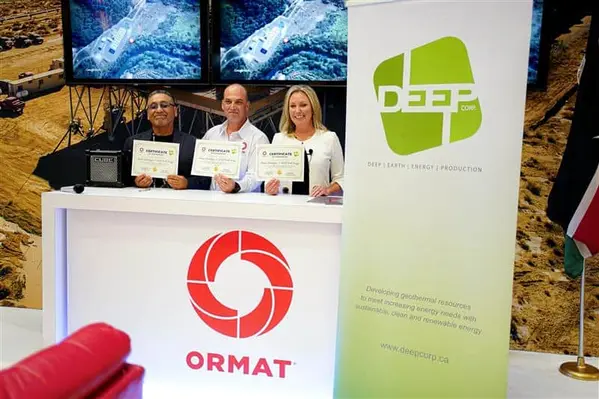
 Ormat Technologies has broken new ground as it has partnered with DEEP Earth Energy to launch Canada’s first 5MW conventional geothermal power plant.
Ormat Technologies has broken new ground as it has partnered with DEEP Earth Energy to launch Canada’s first 5MW conventional geothermal power plant.
The two companies have signed a Notice to Proceed Agreement, marking the first step in redefining the region’s energy landscape by bringing the green energy source online. The project marks a significant milestone in Canada’s commitment to sustainable energy as the region has long since been established as having vast geothermal potential.
DEEP Earth Energy’s President and CEO, Kirsten Marcia, said, “We are grateful to have such a strong and committed partner as DEEP prepared to become Canada’s first commercial conventional geothermal power producer. Together, we will revolutionise the geothermal power industry, incorporating DEEP’s first-in-the-world horizontal well design and Ormat’s ORC power generation equipment.”
Ran Reshef, Vice President of International Sales for Ormat Technologies, commented, “It is with great honour that we find ourselves at the forefront of this pivotal transformation in the Canadian energy landscape. As we move forward, let it be known that this is just the beginning.”
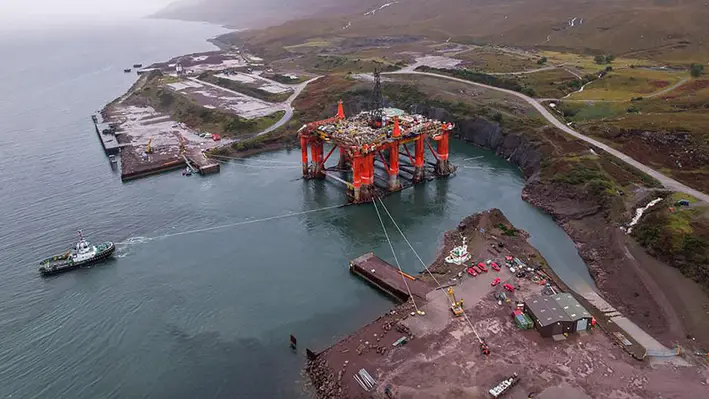

The long-serving Northern Producer FPSO, which has spent the last fifteen years at EnQuest’s Dons field in the North Sea, has arrived at Kishorn Port in Scotland for decommissioning.
As per an announcement made on social media, the FPSO has been welcomed at Kishorn Port where preparations are beginning for the decommissioning, recycling and possible re-use of the 12,500 Gt vessel.
Kishorn Port Ltd. thanked the teams of KPL, Ferguson Transport & Shipping, the shore-based marine services team, Green Marine, Jifmar Scotland, Shearwater Marine Services, Ross-shire Diving Services, Chisholm's Recovery Specialists, Interocean Marine Services and its client Northern Offshore Ltd.
The company expressed its delight at landing the contract and finally receiving the vessel for end-of-life operations. It stated that it believes it will be the first time work of this nature has been carried out in a dry dock, with a semi-submersible FPV, as well as being a first for KPL and Kishorn Port under the EU recycling license.
The future decommissioning, demolition and recycling of the Northern Producer will be carried out by lead contractor Liberty Industrial working with KPL and its partners.
Following its arrival, the dock gates would be going back in and sealed before the dock is pumped dry. Survey work will follow once high and dry and necessary steps in its EU Licensing process will follow, working closely with SEPA, HSE the asset owner.
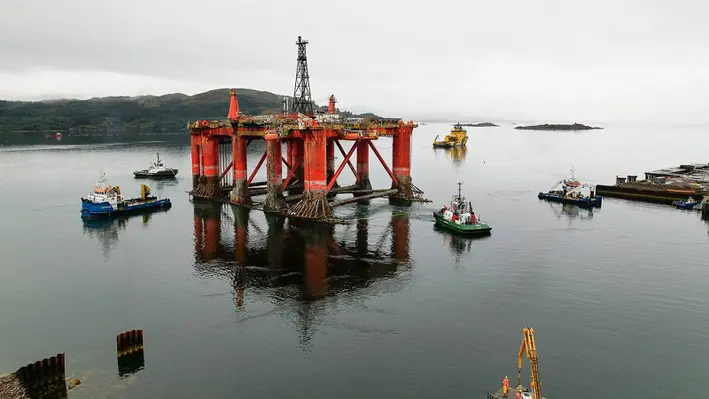
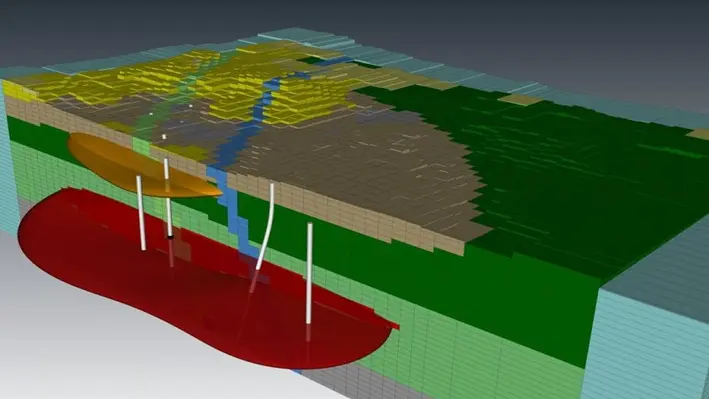

Seequent, a Bentley Subsurface company, has agreed to acquire Flow State Solutions, a leader in geothermal simulation software, in a bid to cement its position as a comprehensive subsurface provider for the geothermal sector.
Graham Grant, CEO, Seequent, remarked, “Geothermal has the potential to help solve the world’s biggest energy challenges. With this acquisition, Seequent’s best-in-class subsurface analysis software enables a full understanding of geothermal asset performance.”
The geothermal reservoir, wellbore and surface network simulation software of Flow State Solutions helps customers better understand geothermal resources for development and optimisation. As per the agreement, the company’s Volsung portfolio will be combined with Seequent’s capabilities to create a robust end-to-end solution for reservoir analysis. Detailed models of the subsurface built in Leapfrog Energy can be utilised in Flow State Solutions’ simulation environment to build a full picture of a geothermal asset.
Flow State Solutions co-founder, Jonathon Clearwater, who will join Seequent as Technical Domain Expert, Reservoir Engineering, commented, “We are excited to join Seequent’s energy team. By combining Seequent’s expertise and our technical capability in geothermal modeling, we are looking forward to making a significant contribution to the renewable energy transition through improved management of natural resources.”
Simon Webbison, Vice President, Exploration and Resource Management, Ormat Technologies, said, “Ormat Technologies is one of the largest and most active geothermal companies globally, and we are delighted to see the combination of Seequent and Flow State Solutions software capabilities through this acquisition. We already use both companies’ software to better understand our geothermal assets and predict performance, and we are looking forward to working with the joint team to continue driving our success.”
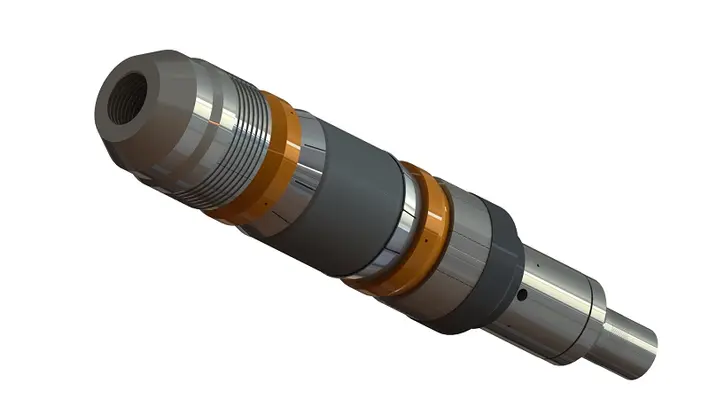

The CX-2 bridge plug, a solid and tested base for cement plugs designers to deliver enhanced efficiency and reliability, has been successfully deployed for the 1,000th time by Coretrax, a global leader in oil and gas well integrity and production optimisation.
The milestone was achieved for a project in the North Sea, with Coretrax revealing the CX-2 has now been deployed for more than 40 customers across 12 regions since its initial launch in 2012.
The CX-2 permanent cast iron bridge plug is constructed of drillable materials and features a built-in setting mechanism. It is set with both hydraulic pressure and mechanical pull and has an innovative release system, with a slim outer diameter (OD), a large inner diameter (ID). This allows cementing operations to be completed as part of the one trip system whilst minimising cement disturbance, ultimately eliminating the need for a dedicated cementing trip and further reducing rig time.
According to Coretrax, the solution has saved an average of three hours per run and so far delivered 3,000 hours of rig time savings for operators.
John Fraser, Coretrax CEO, remarked, “Coretrax has a long history and proven track record in the UKCS, so it is fitting that we achieved this milestone deployment in the North Sea. Our CX-2 bridge plug is a staple in our portfolio and has built an unrivalled reputation for delivering cost and time efficiencies in P&A operations.
“As the decommissioning sector continues to ramp up, our innovative technology combined with our experienced personnel allows us to remain at the forefront of well abandonment and able to tackle to most complex well challenges, while delivering greater efficiencies.”
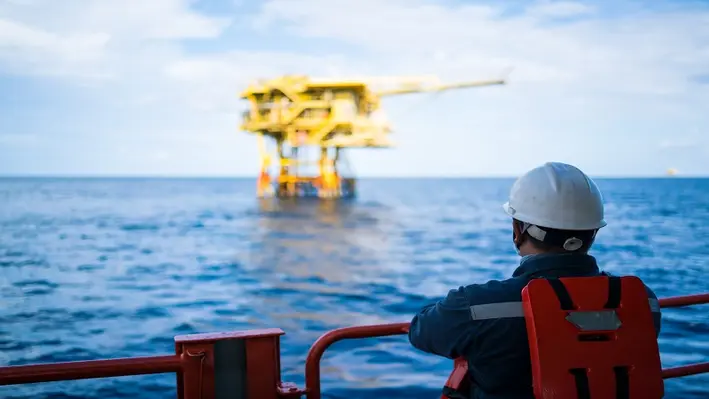

Expro, a provider of energy services, has expanded its portfolio of cost-effective, technology-enabled services and solutions within the subsea well access sector by completing the acquisition of PRT Offshore.
Based in Houston, US, PRT Offshore is the only company to provide a complete Hook-to-Hanger solution which enables comprehensive well completions, interventions and decommissioning services from surface to subsea.
In completing the acquisition, Expro expands its portfolio within the subsea well access sector in the North and Latin America. On the other hand, it will help accelerate the growth of PRT Offshore’s surface equipment offering in Europe, sub-Saharan Africa and Asia Pacific.
Michael Jardon, Expro Chief Executive Officer, remarked, “This is an exciting day for both PRT Offshore and Expro as we strengthen and expand our subsea well access technology offering while continuing to deliver value to our customers across the life of their wells.
“Our subsea well access portfolio has a well-established global footprint, especially in the ESSA and APAC regions. We believe this will offer significant growth opportunities for PRT Offshore in these attractive markets. Simultaneously, Expro plans to leverage PRT Offshore’s strong position in deepwater offshore well completion and intervention across the NLA region to provide integrated solutions to our customers.”
PRT Offshore President, Patrick Place, added, “We are looking forward to embarking on this next phase of our journey with Expro. This agreement is an exciting development for PRT Offshore as we integrate our technology, solutions, and expertise with Expro’s market-leading subsea well access portfolio.
“We are excited to continue our best-in-class responsiveness and service quality, as well as leverage the resources of a more robust platform. Our employees, vital and valued, are at the forefront of this transaction, and we are committed to fostering their growth and success in this new chapter. Building on the foundation we have created, this acquisition will open new opportunities for growth, innovation, and success for our company, customers, and employees.”
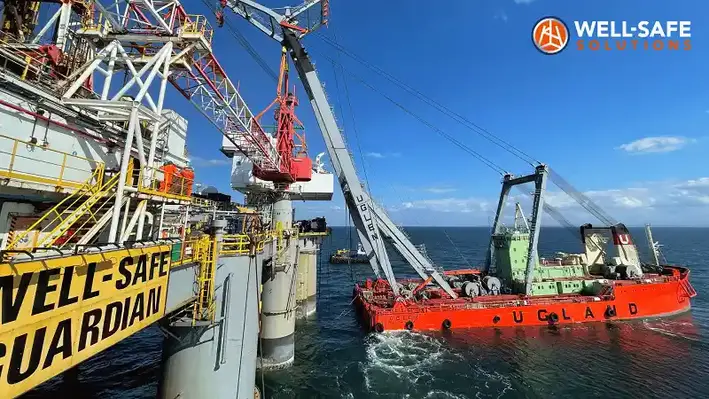

Well-Safe Solutions, a well plug and abandonment specialist, has strengthened its commercial team by hiring Paul Simpson as Business Development Manager in a bid to continue its international growth strategy.
Simpson has more than 25 years’ experience in global well intervention management and business development, including time spent as part of a multi-skilled well abandonment team tasked with delivering the safe abandonment of bp’s North West Hutton project in the North Sea.
Simpson remarked, “I’ve watched with interest the continuing growth of Well-Safe Solutions over the past few years, with the creation of Well-Safe Solutions and the Well-Safe Resources service line underlining the company’s continued expansion this year.
“Throughout my career, I’ve prided myself on successfully integrating service lines to boost efficiency and answer specific challenges facing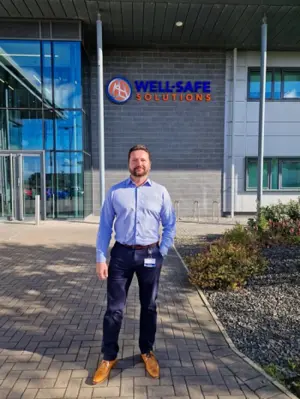 clients, building mutually-beneficial relationships in the process.
clients, building mutually-beneficial relationships in the process.
“I’m looking forward to contributing to the company’s continued growth as we target clients across the land and offshore well decommissioning markets in a number of geographies worldwide.”
Chris Hay, Director of Strategy and Commercial, commented, “I’m delighted to welcome someone of Paul’s calibre to Well-Safe. Paul’s arrival comes at an exciting time for the business, as we continue the implementation of our international growth strategy as well as strengthening our position in the North Sea market.
“Building on his considerable experience and skills in client management, Paul will work closely with our customer base to identify new opportunities and develop solutions for safe and efficient well decommissioning.”
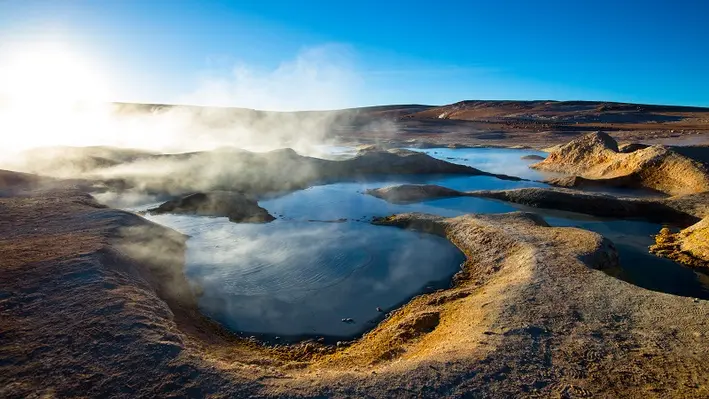
 Getech, a world-leading locator of subsurface resources, has completed a geothermal study for Angus Energy, outlining significant potential in a UK development.
Getech, a world-leading locator of subsurface resources, has completed a geothermal study for Angus Energy, outlining significant potential in a UK development.
Angus Energy is committed to utilising its oil and gas drilling and engineering expertise to develop geothermal energy projects. To achieve this, the company enlisted Getech’s subsurface proficiency to locate and access promising areas for geothermal energy production in southwest England.
Getech delivered an in-depth geoscientific interpretation that included structural mapping, depth estimation and heat flow analysis. The assessment enables Angus Energy to make informed decisions regarding future development projects.
Richard Bennet, Acting Ceo AT Getech, said, “Given the drive for new was to decarbonise operations and provide consistent heat and power, investment in alternative energy sources such as geothermal is ramping up. Getech’s subsurface and geoscience expertise is helping Angus Energy take an important step toward developing sustainable energy solutions that bolster the UK’s energy security and advance decarbonisation efforts.”
Richard Herbert, CEO of Angus Energy, commented, “We are pleased to have made good progress in bringing some of our traditional skills and focus on subsurface assessment out of the world of hydrocarbons into that of alternative energies. We are grateful to Getech for their professionalism which will assist in de-risking future geothermal drilling programmes by all players in this developing sector.”
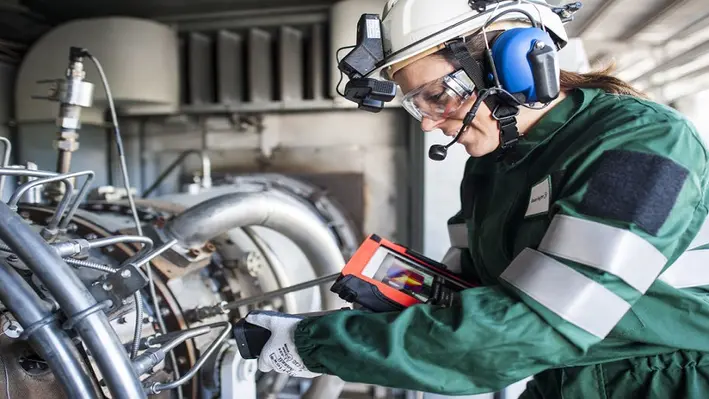
 Baker Hughes has been awarded two contracts from Vår Energi in order to expand its regional presence in the North Sea for exploration logging, well intervention technology and subsea production systems.
Baker Hughes has been awarded two contracts from Vår Energi in order to expand its regional presence in the North Sea for exploration logging, well intervention technology and subsea production systems.
The first contract is a nine-year engagement that will utilise Baker Hughes’ well intervention capabilities gained through the acquisition of Altus Intervention back in April.
Alongside the intervention scope, Baker Hughes will supply all exploration logging solutions to help Vår Energi further develop its prospects on the Norwegian Shelf. The contract allows for a seamless integration of Baker Hughes’ technologies into the wider operations of Vår Energi, enabling a powerful impact of its efforts to reduce carbon emissions.
The second contract is for the delivery of a bespoke Balder field vertical tree system, a Baker Hughes’ specialist technology suitable for the complexities of this field. The agreement will span 15 years, and includes the support for existing Balder legacy wells and future developments in the Balder area.
Maria Claudia Borras, Executive Vice President, Oilfield Services & Equipment at Baker Hughes, said, “Baker Hughes has an extensive and successful history of creating value for customers in Norway and the North Sea. The two long-term contract awards from Vår Energi enable us to deploy our superior portfolio not only in well intervention, but also in exploration logging and subsea production.
“Combining our technology, our exceptional regional expertise, and our dedication to a world-class customer experience ensures successful outcomes for both companies.”
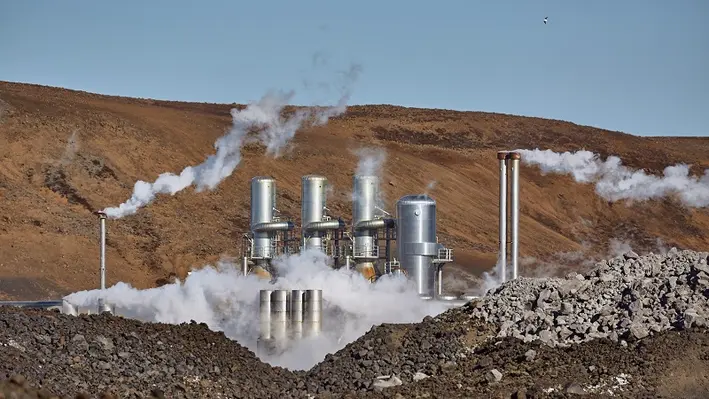

MB Century (MBC), an engineering and maintenance specialist for the geothermal and hydro sector, has partnered with GNS Science (GNS), a research institute, to support the geothermal industry in the Philippines and across the globe.
The agreement, which was announced on the eve of the 4th Philippine International Geothermal Conference (PIGC), focuses on supporting the Philippines geothermal sector in achieving the decarbonisation goals set by the Government. The two will combine their expertise to support international partners in their efforts to achieve efficient and sustainable solutions in geothermal development for the country and other key international markets such as Indonesia, Taiwan and Japan. Further plans are in place to expand into the USA, Kenya, Tanzania, Ethiopia, Djibouti, Turkey, Italy and South America.
Gary Wilson, General Manager of Research, Strategy and Partnerships at GNS Science, remarked, “This partnership is a great example of New Zealand companies working together to leverage New Zealand expertise globally. Both MB Century and GNS Science have worked at the forefront of geothermal energy development and optimisation for decades.
“We are motivated to share our collective experience with other countries globally to maximise the potential of this renewable energy resource.”
Greg Thompson, CEO MB Century, added, “This agreement provides a robust framework for our geothermal cooperation, encompassing joint investigations, international projects, scientific and technical exchanges, and personnel growth and development.
“We are excited about the possibilities that lie ahead and look forward to a fruitful partnership with GNS Science as we pioneer innovative solutions in the field of energy.”
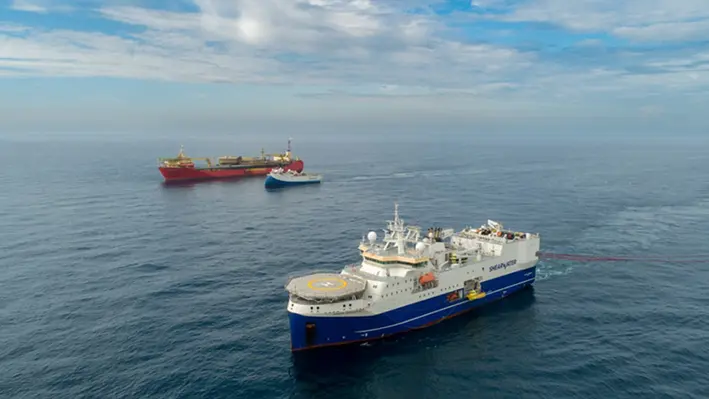

Shearwater GeoServices, a global provider of marine geophysical services, has successfully completed a carbon storage survey project for TotalEnergies.
The survey covers a CO2 geological storage license in the Danish North Sea which was awarded to TotalEnergies in February 2022.
Irene Waage Basili, CEO of Shearwater, commented, “Carbon capture and storage is key to achieving net zero targets and Shearwater is committed to playing its part in enabling this technology to scale. We are pleased to be working with a number of clients on seismic for storage projects. Together with our clients we are learning what this emerging market requires in terms of data. Shearwater brings its extensive operational experience and technology tool kit to this dialogue.
“With each project we expand our understanding and build on our capabilities and experience. We will continue to deploy our expertise and our technology in this emerging market to provide our clients the data they need to make better decisions about their reservoirs.”
The completion of the project marks yet another successful survey the company has conducted within the field, adding to a growing list. In the last two years the company has secured multiple seismic for storage acquisition projects across multiple projects. These have been diverse and require different solutions to achieve the high-resolution imaging needed for evaluating reservoirs for storage application.
Shearwater has successfully utilised hybrid methods with both towed streamers and nodes, new acquisition geometries and worked closely with third party bathymetric service providers for high-resolution data to analyse the seabed and shallow geology in shallow water environments. In addition to acquisition, Shearwater has secured several projects processing and reprocessing data for storage applications.
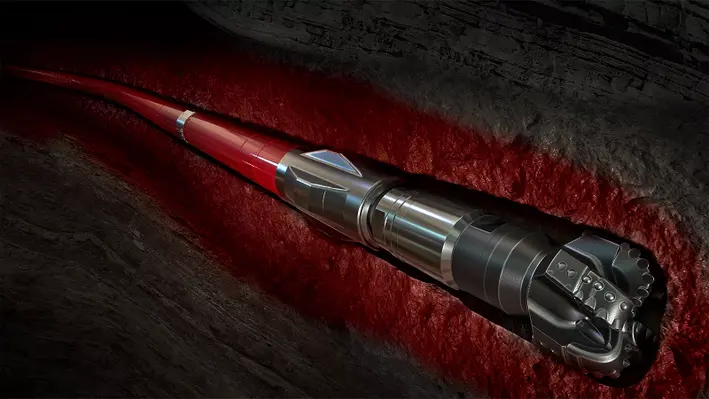

Halliburton has introduced the BaraFLC Nano-1 wellbore sealant, a nanocomposite suspension that boosts wellbore stability.
The new sealant works with Halliburton’s existing conventional and high-performance water-based fluid systems to create a tighter, more secure seal that decreases fluid loss into the formation. It uses nanoparticles to reduce interaction between filtrate and reactive shale formations, preventing pore pressure transmission. This helps strengthen wellbore integrity.
“In many areas around the world, our customers require high-performance water-based fluid systems to maximise the value of their wellbore,” said Toby Dixon, Senior Vice President, Halliburton Baroid. “We developed nanotechnology that results in a step change compared to conventional sealants and rivals the performance of oil-based fluids.”
Sold as a liquid, BaraFLC Nano-1 sealant reduces bag waste and airborne dust. It comes in ready-to-inject form and easily mixes with water-based fluids, which can reduce non-productive time.
BaraFLC Nano-1 was used in Oman, where it reduced dilution rates, lowered fluid viscosity, and tightened filtration rates during a 22-day interval with maximum downhole temperature >300ºF.
Page 57 of 111